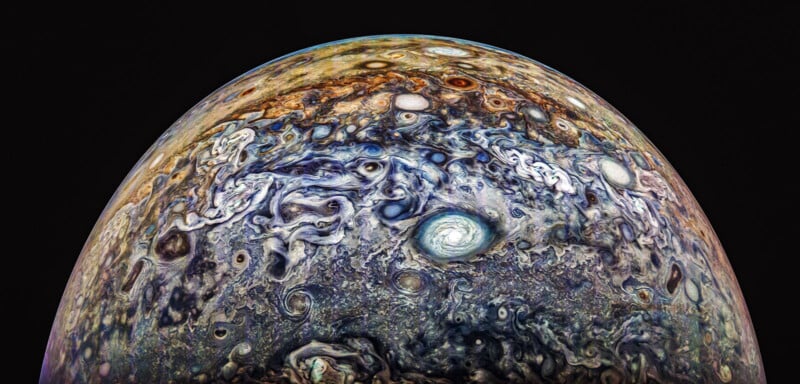 Jupiter PJ 66 27 | Credit: NASA / JPL / SwRI / MSSS / Gerald Eichstädt / Thomas Thomopoulos © CC BY
Jupiter PJ 66 27 | Credit: NASA / JPL / SwRI / MSSS / Gerald Eichstädt / Thomas Thomopoulos © CC BYNASA’s Juno spacecraft recently made its 66th flyby, or “perijove,” of the gas giant, Jupiter, returning many spectacular raw images to Earth. While NASA processes many photos from the Juno mission, community editors are a significant part of the photography efforts, and the latest community submissions are incredible.
Juno entered Jupiter’s polar orbit on July 5, 2016, and since then, has been performing detailed investigations into the planet’s gravitational and magnetic fields, atmosphere, and weather, aiming to learn more about how the planet formed and its nature. Juno is not the first spacecraft to orbit the gas giant, following the nuclear-powered NASA Galileo orbiter that circled Jupiter from 1995 until 2003. Juno was scheduled to perform a mission duration similar to Galileo, although Juno is still going strong, more than six years after its planned shutdown.
Until then, Juno continues to make close flybys of Jupiter. Its 66th flyby last month took the spacecraft close to Amalthea, the fifth-largest Jovian moon. Juno’s primary imager, JunoCam, is a two-megapixel visible-light camera with four onboard filters, three of which are for different wavelengths of visible light.
As Juno sends data back to Earth — at a rate of about 325 bits per second — scientists, professionals, and citizens alike, can download the raw data and create their own processed photos. From just perijove 66, there are already four pages of great community submissions.
One of the most striking examples, seen above, comes from Gerald Eichstädt and Thomas Thomopoulous, which Eichstädt notes features the “enhancement of colors.” The duo also has many more images, two of which are featured below.
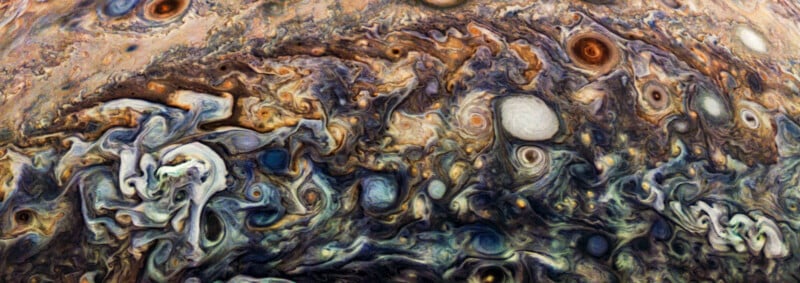
Jupiter PJ 66 25 | Credit: NASA / JPL / SwRI / MSSS / Gerald Eichstädt / Thomas Thomopoulos © CC BY
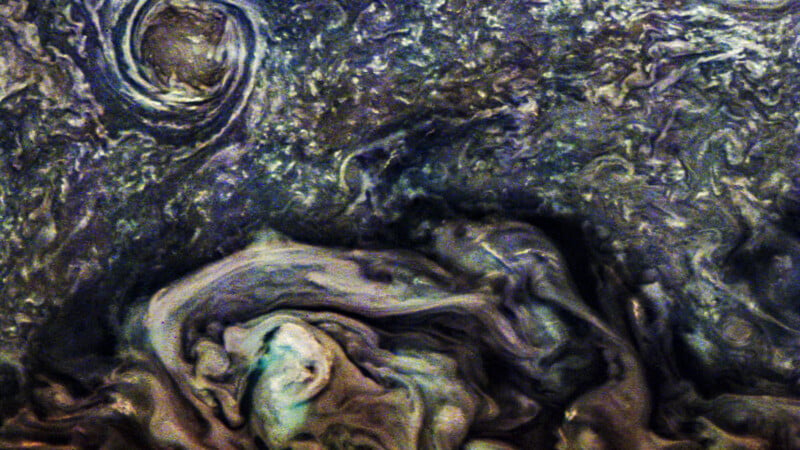 Jupiter PJ 66 27 | Credit: NASA / JPL / SwRI / MSSS / Gerald Eichstädt / Thomas Thomopoulos © CC BY
Jupiter PJ 66 27 | Credit: NASA / JPL / SwRI / MSSS / Gerald Eichstädt / Thomas Thomopoulos © CC BYFrequent contributor Jackie Branc shared a handful of photos from perijove 66, showing Jupiter from slightly different angles than Eichstädt and Thomopoulous and with a different approach to color editing.
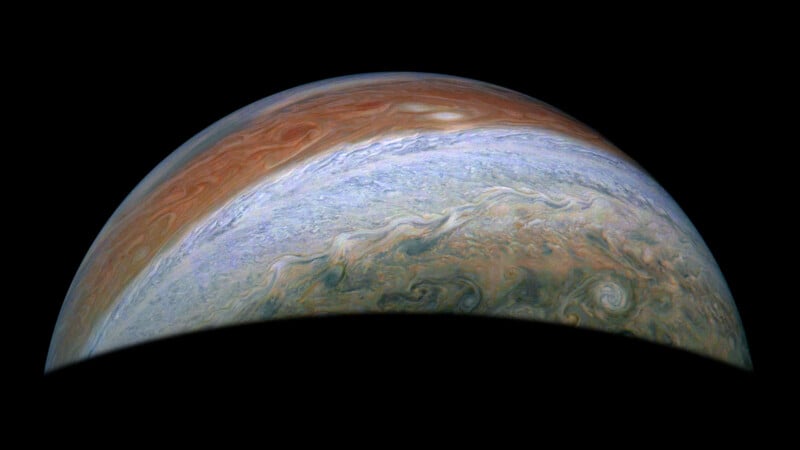
Jupiter PJ66 Jet N5 | NASA / SwRI / MSSS / Jackie Branc © CC BY
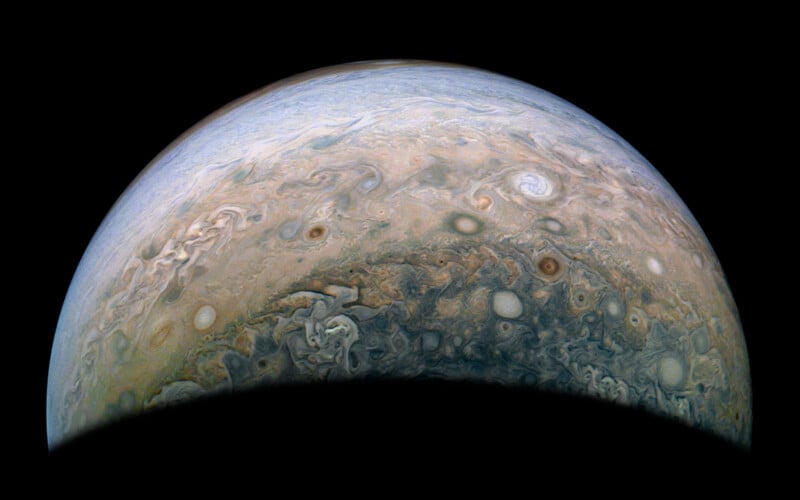 Jupiter PJ66 Jet N6 | NASA / SwRI / MSSS / Jackie Branc © CC BY
Jupiter PJ66 Jet N6 | NASA / SwRI / MSSS / Jackie Branc © CC BY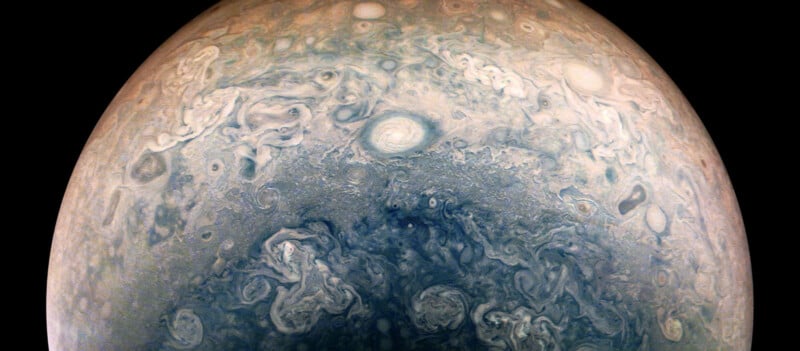 Jupiter PJ66 Folded Planetary Region | NASA / SwRI / MSSS / Jackie Branc © CC BY
Jupiter PJ66 Folded Planetary Region | NASA / SwRI / MSSS / Jackie Branc © CC BYJupiter’s next flyby, perijove 67, is slated for November 25. The final flyby of 2024, perijove 68, will occur on December 28.
The plan is for Juno’s 76th perijove on September 15, 2025, to be its last. After this flyby, the spacecraft will nosedive into the planet it has orbited since 2015.
![]()
NASA’s next Jupiter spacecraft, the Europa Clipper, launched last month on October 14 and is expected to reach Jupiter in April 2030 after a lengthy journey of 1.8 billion miles (2.9 billion kilometers). Europa Clipper is expected to perform at least 44 close flybys of Europa, Jupiter’s most famous moon and potential home to life.
Image credits: NASA / JPL / SwRI / MSS. Individual image processors are credited in the photo captions.

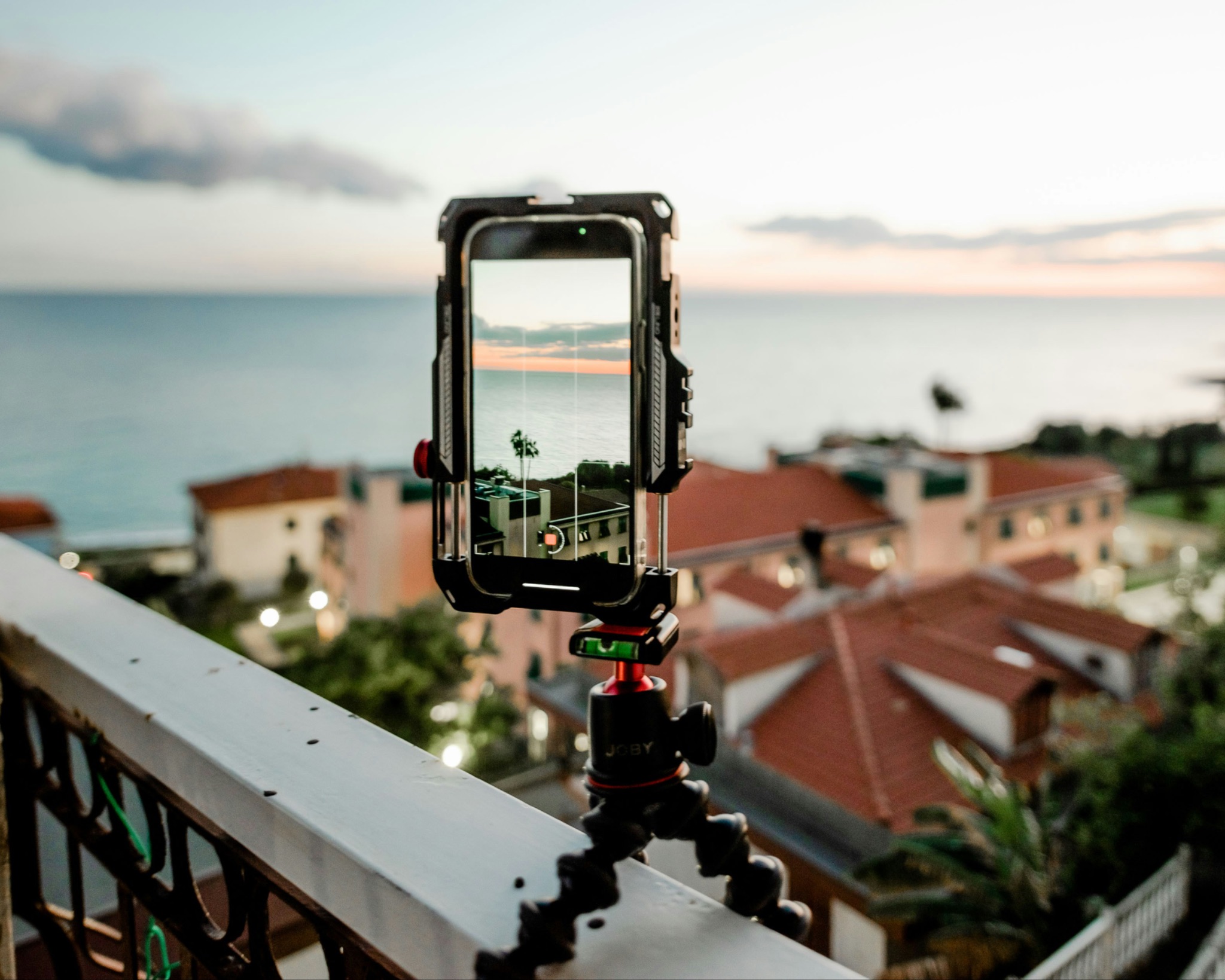







 English (US) ·
English (US) ·